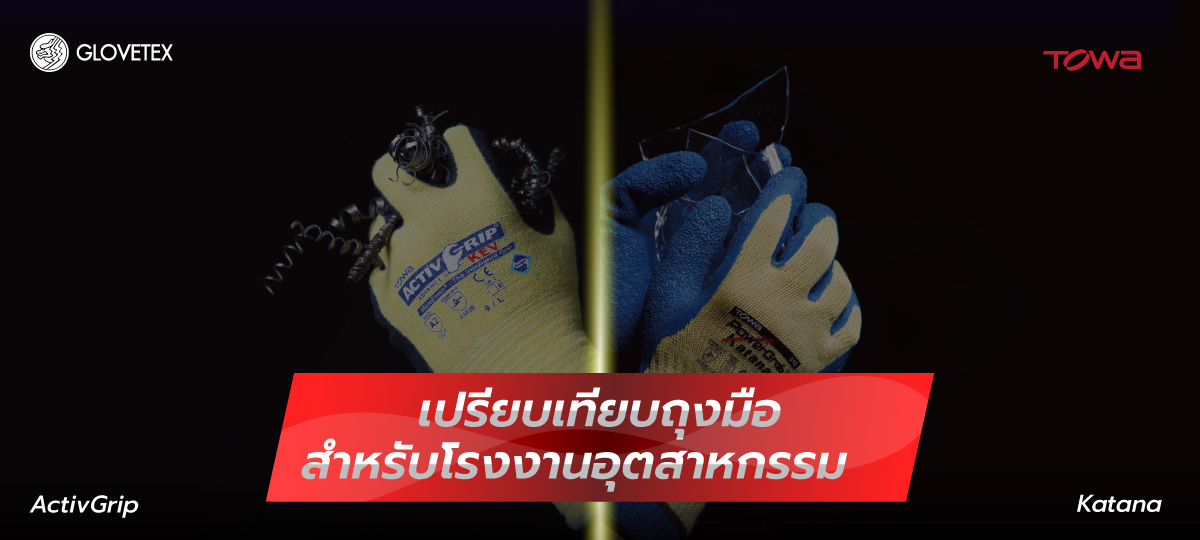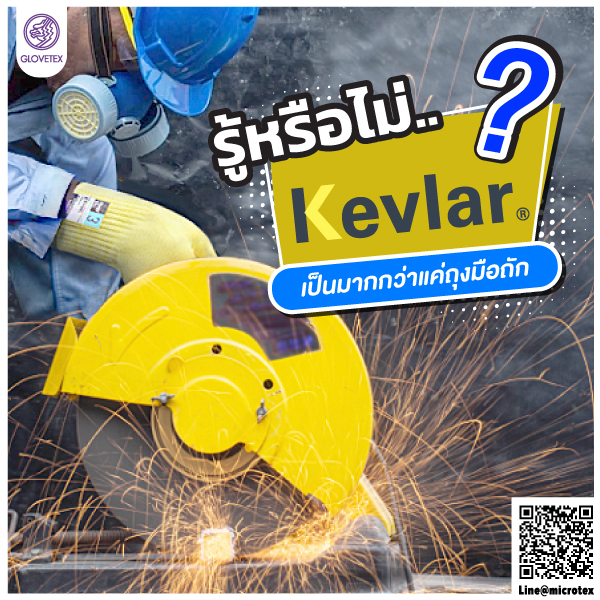Types of Safety Gloves: Choose Wisely for the Right Job Before Actual Use

[vc_row equal_height=”yes” content_placement=”middle”][vc_column width=”2/3″ css=”.vc_custom_1634606442135{border-top-width: 15px !important;border-right-width: 15px !important;border-bottom-width: 15px !important;border-left-width: 15px !important;padding-top: 150px !important;padding-bottom: 150px !important;background-image: url(https://glovetex.com/wp-content/uploads/2021/10/800×400-1.jpg?id=3765) !important;background-position: center !important;background-repeat: no-repeat !important;background-size: cover !important;border-left-color: #ffffff !important;border-left-style: solid !important;border-right-color: #ffffff !important;border-right-style: solid !important;border-top-color: #ffffff !important;border-top-style: solid !important;border-bottom-color: #ffffff !important;border-bottom-style: solid !important;}”][/vc_column][vc_column width=”1/3″ css=”.vc_custom_1618587353573{border-top-width: 15px !important;border-right-width: 15px !important;border-bottom-width: 15px !important;border-left-width: 15px !important;padding-top: 30px !important;padding-right: 30px !important;padding-bottom: 30px !important;padding-left: 30px !important;background-color: #f2f2f2 !important;border-left-color: #ffffff !important;border-left-style: solid !important;border-right-color: #ffffff !important;border-right-style: solid !important;border-top-color: #ffffff !important;border-top-style: solid !important;border-bottom-color: #ffffff !important;border-bottom-style: solid !important;}”][vc_column_text]
When discussing personal safety (PPE: Personal Protective Equipment) in the workplace, one crucial component that cannot be overlooked is “gloves,” or hand protection equipment, which is essential for preventing hand injuries. Therefore, it is important to choose gloves that are suitable for the task at hand and that match the risk associated with the type of work. Today, Glovetex will guide you through the different types of personal protective gloves.
[/vc_column_text][/vc_column][/vc_row][vc_row css=”.vc_custom_1618492982393{margin-top: 30px !important;}”][vc_column][vc_column_text]
Before we explore the different types of safety gloves, it is important to understand one crucial aspect: the basic requirements for protective gloves. This will help us determine whether the gloves we are considering for purchase are manufactured to standards and capable of truly protecting our hands. Here are the essential requirements:
[/vc_column_text][/vc_column][/vc_row][vc_row css=”.vc_custom_1618492982393{margin-top: 30px !important;}”][vc_column][vc_column_text]
Standards: Basic Requirements for Protective Gloves
Protective gloves are regulated under the DIN EN 420 standard, which defines the following characteristics:
- Relevant testing methods to be used
- General design requirements
- Manufacturing of gloves
- Material resistance to water penetration
- Protection quality, comfort, and functionality
- Marking and information provided by the manufacturer
DIN EN 420 standards are further divided into specific product standards as follows:
- EN 388: Protection against mechanical risks
- EN 407: Protection against heat
- EN 511: Protection against cold
- EN 374: Protection against chemicals and microorganisms
- EN 12477: Protection against heat and mechanical risks during welding
- EN 16350: Protection against electrostatic risks
- EN 60903: Insulated gloves for electrical work
- EN ISO 10819: Protection against vibration and impact
[/vc_column_text][/vc_column][/vc_row][vc_row css=”.vc_custom_1618492982393{margin-top: 30px !important;}”][vc_column][vc_column_text]
- General Work Gloves
General work gloves are used for light and multipurpose tasks in daily life. They protect hands from direct contact with dirt and enhance dexterity. Various types of general work gloves include cloth gloves, knitted gloves, and agricultural gloves. Each type offers different levels of protection and effectiveness. Therefore, choosing the right type of general work glove according to its intended use is important.
Appropriate Use: Cleaning, general household washing, agricultural work, etc.
Precautions: Most general work gloves do not protect against chemicals, heat, sparks, or sharp objects.
- Cut-Resistant Gloves
Cut-resistant gloves protect against cuts, slashes, punctures, or abrasions. These safety gloves are designed for tasks involving sharp objects, reducing the risk of hand and finger injuries effectively. They are used in both general and industrial settings and come in various styles with additional features, such as stainless steel reinforcements or enhanced puncture resistance.
Appropriate Use: Tasks involving sharp objects, such as cutting with utility knives or scissors, handling glass, metal sheets, and tiles.
Precautions: Not suitable for use in oily environments.
- Leather Gloves
Leather gloves, also known as welding gloves, are made from genuine animal hide or tanned leather. They are durable, heat-resistant, and comfortable, providing good protection against sparks and heat. Some models also feature linings to enhance resistance to tearing and cutting.
Appropriate Use: Welding, construction, tasks involving sparks, heat, and general industrial work.
Precautions: Do not wash leather gloves, as this can degrade the leather. They have limited protection against impact and pinching and deteriorate quickly under direct sunlight.
- Chemical-Resistant Gloves
Chemical-resistant gloves are made from natural rubber or various synthetic materials, providing different levels of chemical protection. Nitrile gloves are commonly used due to their durability and resistance to chemicals, acids, bases, and oils. They do not contain proteins from natural rubber, reducing allergic reactions.
Appropriate Use: Various industrial applications, including medical, food processing, automotive, painting, maintenance, electronics, and electrical work.
Precautions: Avoid using with chlorine-based solutions and store away from sunlight and ozone. Avoid sharp objects.
- Knitted Fabric Gloves
Knitted fabric gloves are used to reduce friction between surfaces. They are made from cotton or nylon and offer flexibility and comfort. Some models are coated with PU or PVC for better grip and slip resistance. They are used for general maintenance and quality control tasks where high precision is required.
Appropriate Use: Low-risk tasks such as moving lightweight items, general cleaning, or assembling small electronic components.
Precautions: Not suitable for direct contact with chemicals or oils unless coated with PU or PVC. Avoid sharp objects.
- Disposable Gloves
Disposable gloves are typically made from thin, flexible materials like natural or synthetic rubber, offering varying levels of elasticity, tensile strength, and chemical resistance. They are particularly useful during the COVID-19 pandemic for reducing the risk of pathogen exposure.
Appropriate Use: Various applications including household, commercial, medical, and industrial use.
Precautions: Avoid sharp objects. Not recommended for general tasks where durability is required.
- Electrical Insulating Gloves
Electrical insulating gloves are made from synthetic rubber, such as Ethylene Propylene Diene Monomer (EPDM), which provides specific protection against electrical currents. These gloves are categorized into five classes based on voltage protection.
Appropriate Use: Tasks involving contact with low to high voltage electrical systems.
Precautions: Check gloves for defects before use by visually inspecting or inflating them to detect leaks. Prolonged storage or exposure to heat may degrade their effectiveness.
[/vc_column_text][/vc_column][/vc_row][vc_row][vc_column][porto_image_frame link=”url:https%3A%2F%2Flin.ee%2FwgXULga” image_id=”3763″][/porto_image_frame][/vc_column][/vc_row][vc_row css=”.vc_custom_1618492982393{margin-top: 30px !important;}”][vc_column][vc_column_text]
สอบถาม หรือขอใบเสนอราคา
https://www.facebook.com/Glovetex.Safety
Tel. 083-989-7512 (เพื่อสอบถาม หรือขอใบเสนอราคา)
Line : @microtex หรือคลิก https://lin.ee/wgXULga
[/vc_column_text][/vc_column][/vc_row]











